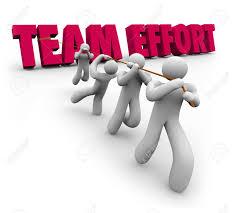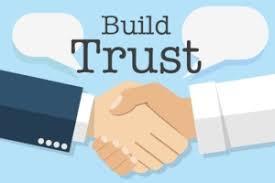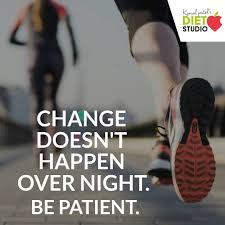Why is change hard? 3 organizational designers explain how to beat the failure bias
Curated from: blog.rescuetime.com
Ideas, facts & insights covering these topics:
7 ideas
·13.2K reads
9
Explore the World's Best Ideas
Join today and uncover 100+ curated journeys from 50+ topics. Unlock access to our mobile app with extensive features.
Why Change Is So Hard
Changing is necessary and takes energy but our brains tend to try to conserve energy as much as possible. So we have mental biases that influence our behaviors and make us shy away from opportunities—even when they benefit us in the long-term.
Two of the main bias are loss aversion and failure bias. The former is our tendency to keep what we have rather than gain something equivalent, and the latter is our tendency to assume failure is a more likely outcome than success, and, as a result, treat successful outcomes as flukes and bad results as confirmation of it.
1.12K
3.45K reads
Make Change a Team Effort
“Role Modelling” is one of the main factors behind successful change in organizations and consists of inspiring change by example.
While leadership will ultimately give you sign-off, the rest of the team will determine its success. So in an organizational setting, you must convince everyone of the necessity of change.
797
2.2K reads
Know Who You’re Dealing With
In a collection of individuals, one bad seed can kill all the hard work you’re putting in. You must understand who you are working with so you can tailor your message and actions so no one becomes a bad seed. To do this, sort your team in the following categories:
- Fast Yes: those on your team and ready to work to implement the change.
- Slow Yes: slightly skeptical but still open and can see the value in what you’re doing.
- Fast No: quick to dismiss change but clarity and decisiveness can change that and turn them into strong supporters.
- Slow No: look like they can be persuaded but have already decided against you and will stall and undermine. Here, convincing by example is the best route.
872
1.88K reads
Recognize The Benefits Of a New Tool
It’s always exciting to bring a new tool you’re excited about to your team. But they might resist as even if the tool is free, there are costs with learning and switching, even productivity costs.
One way to get past this is to remove tools before adding new ones.
755
1.52K reads
Track Progress And Show Value
A habit gets formed when we do an action and repeatedly receive a positive result. However, with change, the benefits are often not immediately obvious.
You need to be able to track the behavior change you want to see in the workplace so you can have a sense of progress and reward. Ideally, use automated time and task tracking tools as they collect more data and are more precise than self-reporting.
804
1.41K reads
Build Trust
Showing the positive outcomes of their work can be a huge motivating factor and can balance out pessimism. Meet with people in a place where they can be open, honest, and vulnerable.
Unless you’ve got a high-trust environment, you’re going to bring ideas up and people will dance around the issue or only say a few things. But when you talk to them individually you can explain what’s happening, what changes they should expect, and assure them that you’re going to follow up and help them.
774
1.21K reads
Change Doesn’t Happen Overnight
Testing and validating ideas in smaller groups is a great Trojan Horse for more meaningful changes. But regardless of meaningfulness, change takes time.
Humans don’t deal well with big changes. And it’s important to stay strong and not get frustrated if the progress is slower than you’d hoped.
830
1.55K reads
IDEAS CURATED BY
Traveling can make you smarter, more creative and improve your problem-solving abilities.
Nash 's ideas are part of this journey:
Learn more about personaldevelopment with this collection
How to challenge assumptions
How to generate new ideas
How to break out of traditional thinking patterns
Related collections
Similar ideas
Read & Learn
20x Faster
without
deepstash
with
deepstash
with
deepstash
Personalized microlearning
—
100+ Learning Journeys
—
Access to 200,000+ ideas
—
Access to the mobile app
—
Unlimited idea saving
—
—
Unlimited history
—
—
Unlimited listening to ideas
—
—
Downloading & offline access
—
—
Supercharge your mind with one idea per day
Enter your email and spend 1 minute every day to learn something new.
I agree to receive email updates





